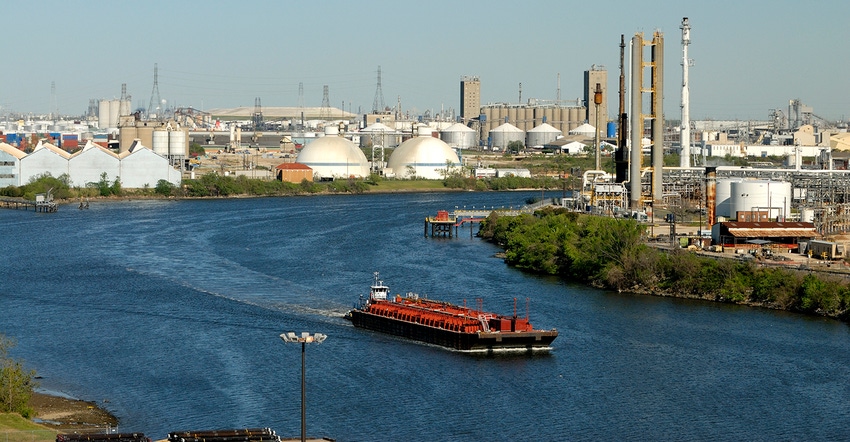The 2023 forecast suggests a repeat of the uneventful 2022 hurricane season, which came and went without infrastructure damage.
April 21, 2023

Spot resin trading during the first half of April stayed sluggish. Neither buyers nor sellers expressed much enthusiasm last week, with price quotes more abundant than actual trades, reports the PlasticsExchange in its Market Update.
Truckload transactions were more common than railcar dealings. The flow of polyethylene (PE) railcar offers was generally slow: There was a typical stream of widespec, but if Prime was needed, it had to be requested. High-density (HD) PE remained snugly supplied, and overall PE prices held steady. Polypropylene (PP) availability improved, but not at the deeply discounted levels seen at the end of March, according to the PlasticsExchange. Buyers were in no mood to pay up, limiting completions. Prime PP prices slid another cent working toward the large PGP cost-relief price decrease that is sure to come through this month.
While direct resin export sales remained strong from the US side, incremental sales to Latin America were still challenged by competitive offers coming from Asia. Large international traders had plenty to discuss as they converged at Chinaplas this week.
Early predictions for the upcoming hurricane season were surprisingly light, which was a reminder of the uneventful 2022 hurricane season that came and went without infrastructure damage. The early 2023 forecast is calling for just 13 named storms, including six hurricanes, two of them major ones, during the Atlantic summer storm season. It officially begins on June 1, though the season typically intensifies in the late summer to early fall after Gulf water temperatures peak.
Spot PE prices flat
Spot polyethylene (PE) trading continued its pullback last week, reports the PlasticsExchange. Prices were flat, and completed volumes at the Chicago-based resin clearinghouse were below average. Processors were adequately supplied, but willing to buy if the price was right. Producers kept offers close to their vest, however, limiting availability and tightening the spot market after bleeding discounted resin at the end of the first quarter. Film grades for low-density (LD) and linear-low-density (LLD) PE changed hands the most, while HDPE, the major mover from a week earlier, saw little interest this time around.
Producers secured $0.06/lb of contract increases during Q1. The three-cent hike implemented in January was logical given a series of production disruptions, said the PlasticsExchange, while the March increase taking hold was a surprise, as production surged and spot prices lingered.
PE nickel increase on table for April
PE producers have another nickel increase on the table for April, and timely implementation seems very unlikely. Initial PE supply/demand data was released by the American Chemistry Council (ACC), but only for HDPE and LDPE, so far. Both PE groups showed the return of very high operating rates. Domestic PE sales were better than average and total exports should ultimately run near the two billion mark, but together they fall short of the increased production to yield a substantial build in producers’ collective PE inventories. Again, this is only initial data; LLDPE is to follow and revisions are likely. Readers are encouraged to subscribe to the ACC for the actual fundamental supply/demand figures.
Spot PP prices down by a penny
PP trading activity was reduced; a small smattering of both homo- and co-polymer PP still changed hands, though volume was not as hefty as it has been in the past several weeks. Spot PP prices at the PlasticsExchange trading desk fell another penny, and the decline followed the continued weakness in polymer-grade propylene (PGP) monomer.
Resin availability grew, especially in off-grade railcars, as producers have increased run rates, although some prime allocations from force majeure events remain in place. An April PP margin increase could offset a large decline in the upcoming monomer contract. However, the PlasticsExchange anticipates an overall hefty price decrease for April PP contracts, as the market gives back a chunk of the cost-push hikes from the first quarter.
Preliminary industry data for March also emerged this week for PP showing reactor rates up, running about 75% of nameplate capacity. Domestic sales were a tad below average and exports ran similar to the past couple of months. All of this combined yields a third consecutive monthly build in domestic stockpiles, albeit modest, but again nearing a record level.
Read the full Market Update, including more news about PGP pricing and energy futures, on the PlasticsExchange website.
About the Author(s)
You May Also Like




